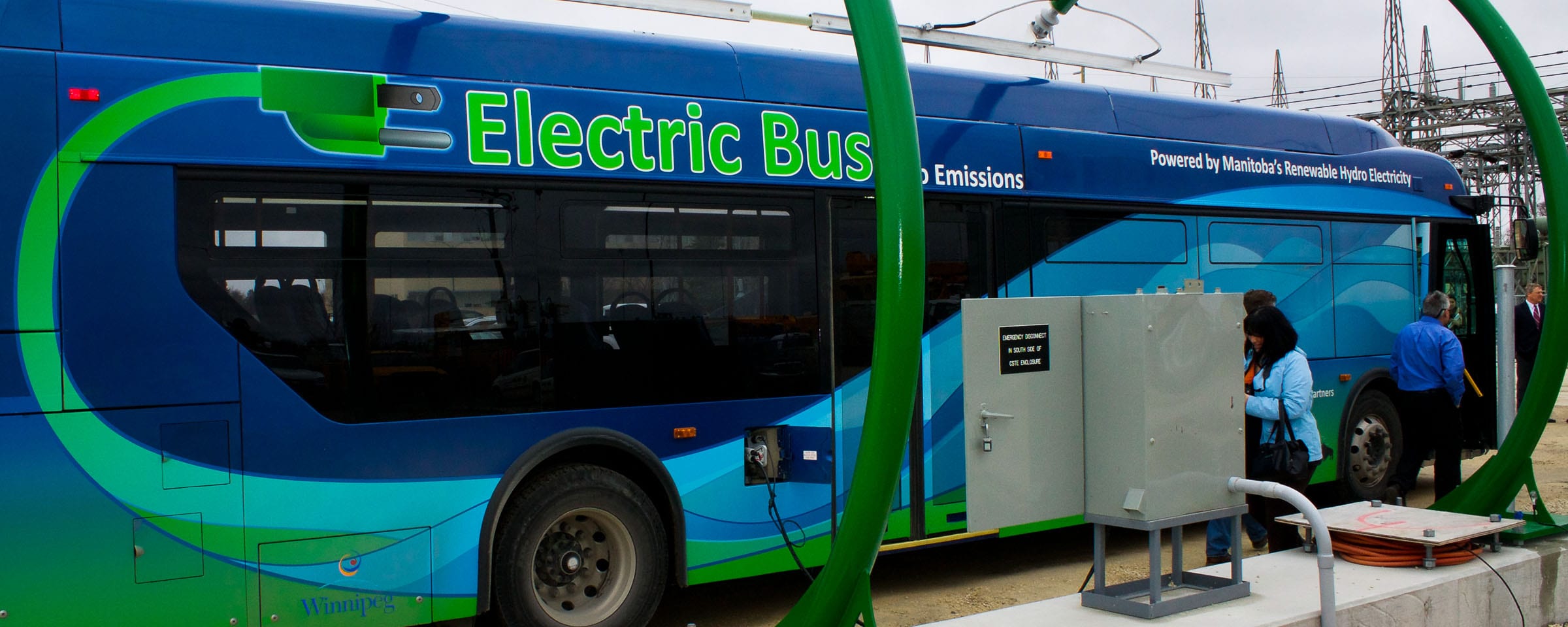Manitoba's most promising startups get ready to Lift'Off for $100,000 on Wednesday
 This Wednesday, June 18th the most dynamic business event of the year takes place at Winnipeg’s Fort Gary Hotel.
This Wednesday, June 18th the most dynamic business event of the year takes place at Winnipeg’s Fort Gary Hotel.
It’s called Lift’Off and it is being hosted by Innovate Manitoba, Manitoba’s innovation accelerator.
The three-part, all-day event will help launch startups in the morning via the VentureChallenge, celebrate entrepreneurship at the Entrepreneur Power Lunch, and share best practices at the afternoon’s Entrepreneur IQ Forum.
The full schedule goes as follows:
8:30 a.m. – 12:00 p.m. 
Six companies selected through the Launchpad Startup Skills Bootcamp compete in an investor pitch competition in front of a panel of expert judges and the VentureChallenge audience for over $100,000 in cash and in-kind prizes, including opportunities to present and expense-paid trips to some of the the most renown angel and venture capital events in North America.
The VentureChallenge competitors are:
- Element Life Science: A medical device company specializing in patented RF coil technology for 2nd generation MRI use.
- Exigence Technologies: A platform antimicrobial technology that can be applied to new and used textiles and polymer-based medical devices, to protect them for the lifetime of the product against antibiotic resistant bacteria.
- Kindoma: Makes video chat services that let families do things like read and draw, even when apart.
- Konex Wake Parks: A manufacturer and international supplier of cable wakeboarding systems and obstacles.
- PermissionClick: A platform that allows educators to collect web-based permission slips and fees from parents in a timely and transparent way.
- Shut Ur Pie Hole: Shut Ur Pie Hole sells made from-scratch pies made with fresh, local ingredients served in full-size and single-serving jars.
12:00 p.m. – 1:45 p.m.
 Break bread with innovators and investors at the Entrepreneur Power Lunch Hear short pitches from the six VentureChallenge competitors, discover the award-winners and get smart advice from our keynote speaker, Wade Barnes.
Break bread with innovators and investors at the Entrepreneur Power Lunch Hear short pitches from the six VentureChallenge competitors, discover the award-winners and get smart advice from our keynote speaker, Wade Barnes.
Wade is a globally recognized expert on the impact of technology on agribusiness, a TedX speaker, and Founder of Manitoba’s Farmers Edge Inc.. He will share the company’s journey from a two-person operation in 2006 to a global business with over $10 million in revenues and more than 80 employees worldwide. Wade will speak about the roller coaster ride that is the life of a high-growth startup, including raising capital from Canadian and US venture capital firms.
2:00 p.m. – 4:30 p.m.
 Tap into the brain trust of entrepreneurs, angel investors, and guest speakers. The Entrepreneur IQ Forum features two Expert Panels (listed bellow) followed by a networking reception.
Tap into the brain trust of entrepreneurs, angel investors, and guest speakers. The Entrepreneur IQ Forum features two Expert Panels (listed bellow) followed by a networking reception.
From The Trenches – Raising Capital For Early Stage Businesses
Some of Manitoba’s early stage companies have raised millions in risk capital, but it has not been easy. Is this challenge unique to Manitoba or is it a problem all Canadian startups face? Join this interactive panel for lots of insights, and ask your own questions of the panelists.
Startup Sales – A Hard Nut to Crack
The lifeblood of any new business is sales, yet entrepreneurs often fail in their initial sales attempts. Founders may avoid sales and give away equity to find that person who will magically bring sales in the door. But Founders need to learn how to sell. These entrepreneurs figured it out. Hear their perspectives on sales, building a sales methodology and a sales team. Come. Ask questions. Gain some pointers.
You can register here while for additional information, including if you would like to become a sponsor, you can contact Brent Wennekes.























